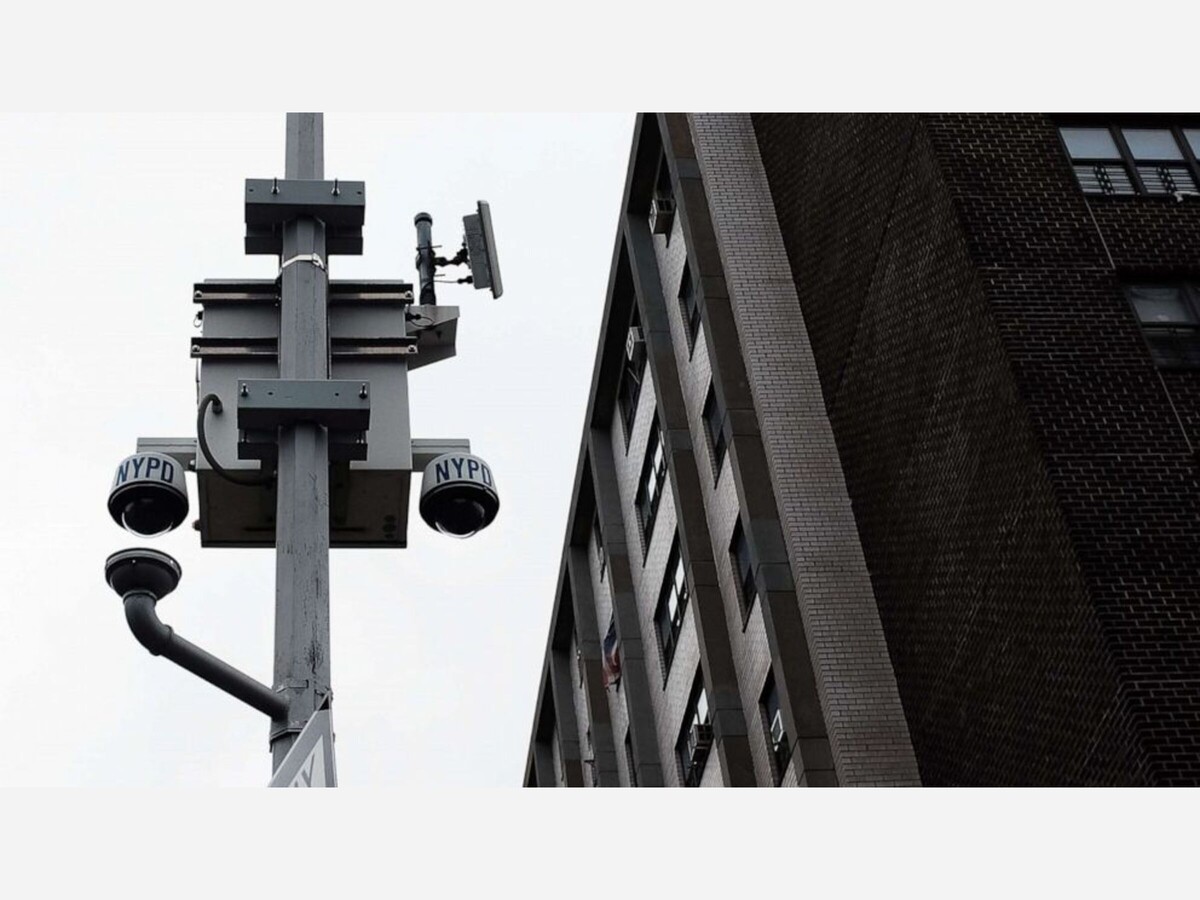Image


NEW YORK CITY: More CCTV cameras with face recognition capabilities were observed in New York City boroughs and neighborhoods with higher concentrations of non-white residents, according to new research by human rights group Amnesty International.
Amnesty International’s findings are based on crowdsourced data obtained as part of the Decode Surveillance NYC project, which mapped more than 25,500 CCTV cameras across New York City. The data was gathered between April 14, 2021, and June 25, 2021.
The project’s goal was to find surveillance cameras in New York City and reveal where people are most likely to be tracked by face recognition technology (FRT).
Amnesty International then worked with data scientists to compare this data with statistics on stop, question and frisk policies and demographic data.
The research found that the areas heavily populated with CCTV cameras proved to be at greater risk of stop-and-frisk practices by police.
Some people have criticized this policing tactic as discriminatory.
In 2019, 59% of those stopped by police as part of stop and frisk were Black and 29% were Latino, according to the New York ACLU, which cited NYPD data.
Activists worry that invasive surveillance and face recognition technology threaten individual privacy and disproportionately target and harm Black and brown communities.
The NYPD has been using FRT since 2011 to identify suspects whose images “have been captured by cameras at robberies, burglaries, assaults, shootings, and other crimes,” according to the NYPD’s website.
The NYPD also use social media accounts to find images of individuals they are looking into.